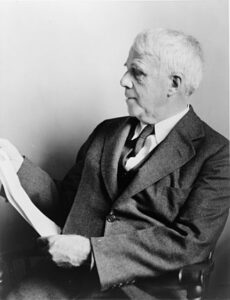
I’ve been very pleased over the past few months to see a steady trickle of new subscribers to this blog, with very few unsubscribes. All this in spite of the fact that I haven’t written much new here for awhile. This gap isn’t at all because I’m losing interest; it’s just that most of my material stems from concerts that my beloved community choir, the Cherry Creek Chorale, is in process of rehearsing. Because I didn’t sing in the May concert I sort of lost that connection. But now I’m back, and looking forward very much to our 2024-25 season. You’ll be seeing lots of material about that concert in upcoming posts, with a multi-part post on the biggie we’re performing in October, Mozart’s Coronation Mass. I can hardly wait!





